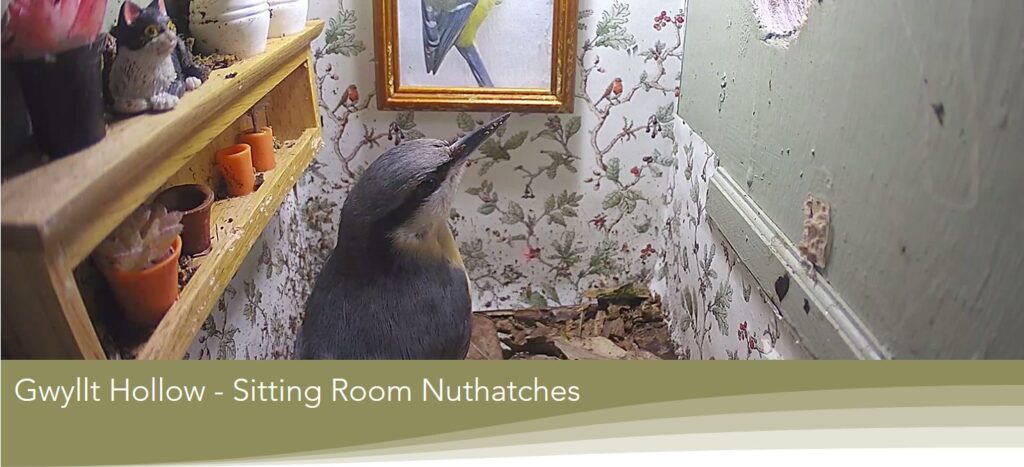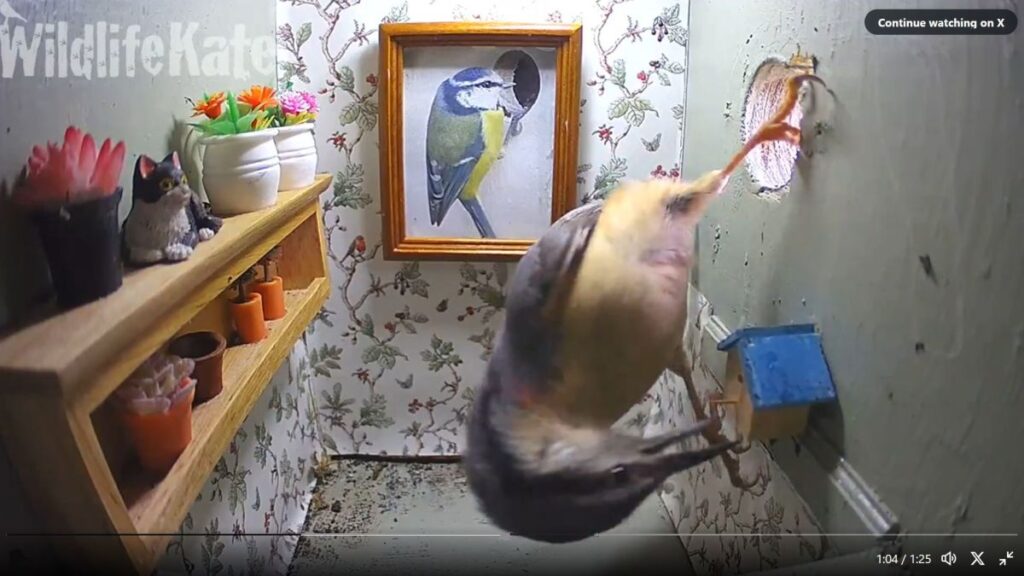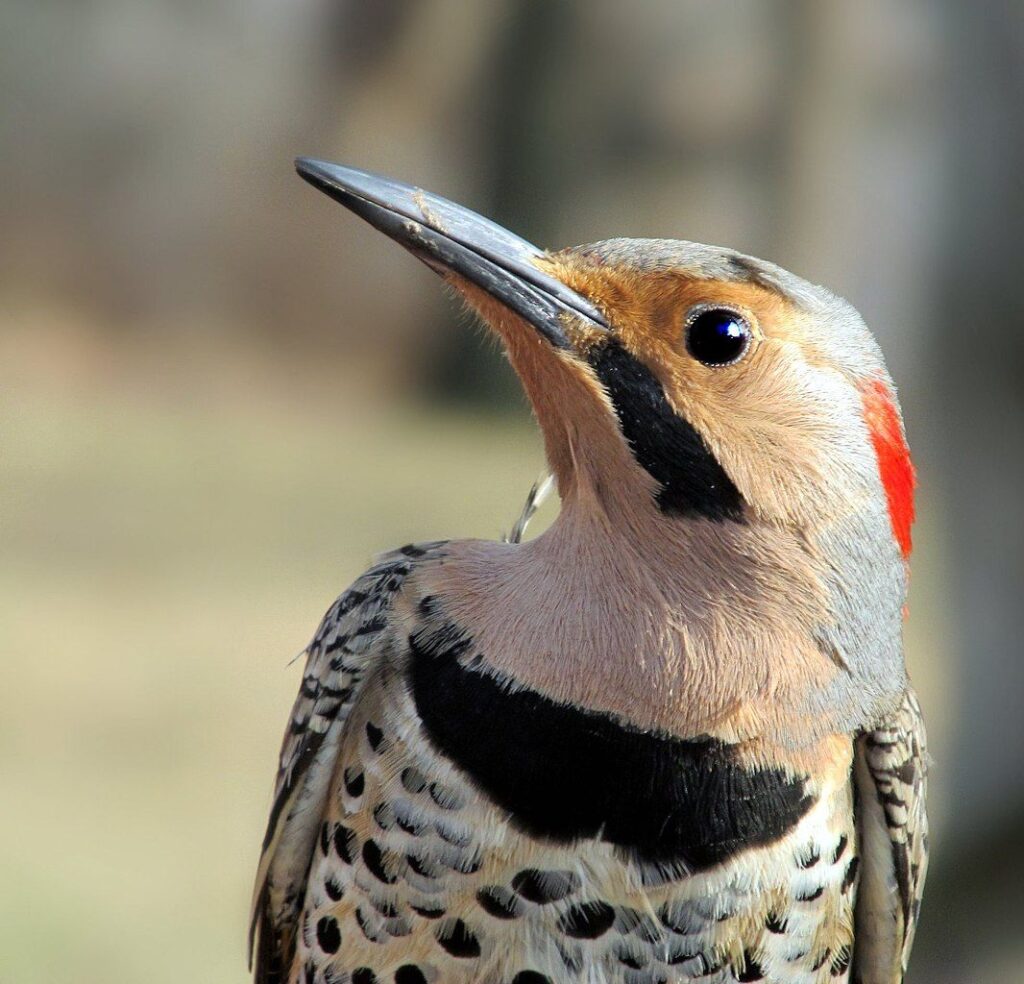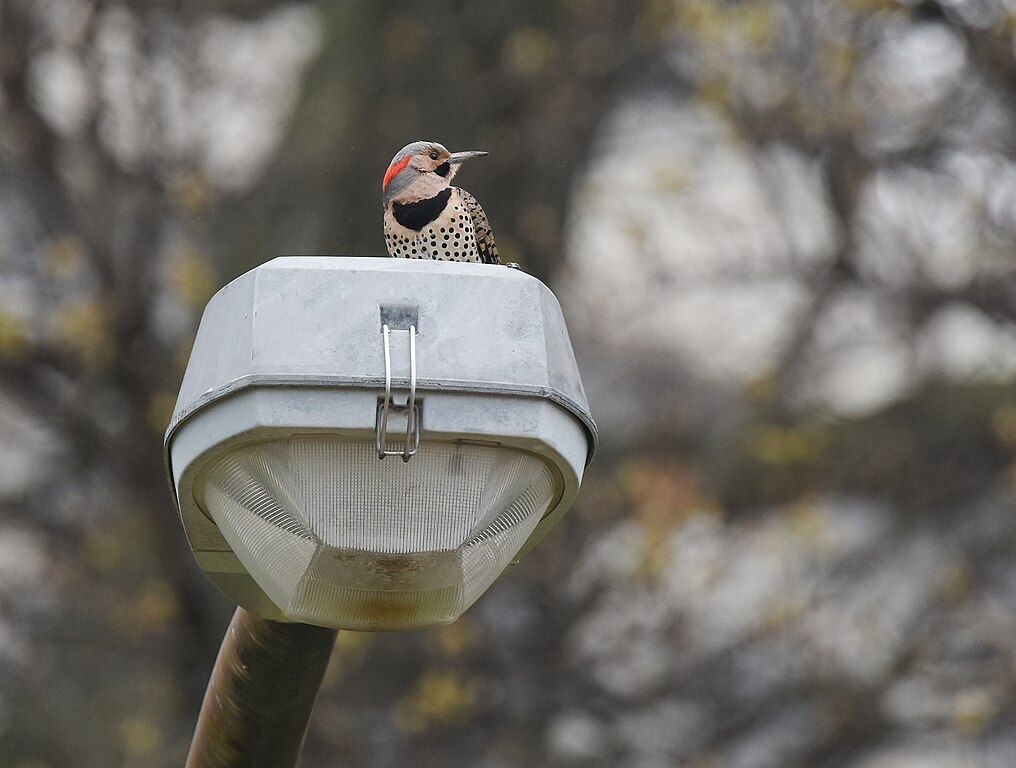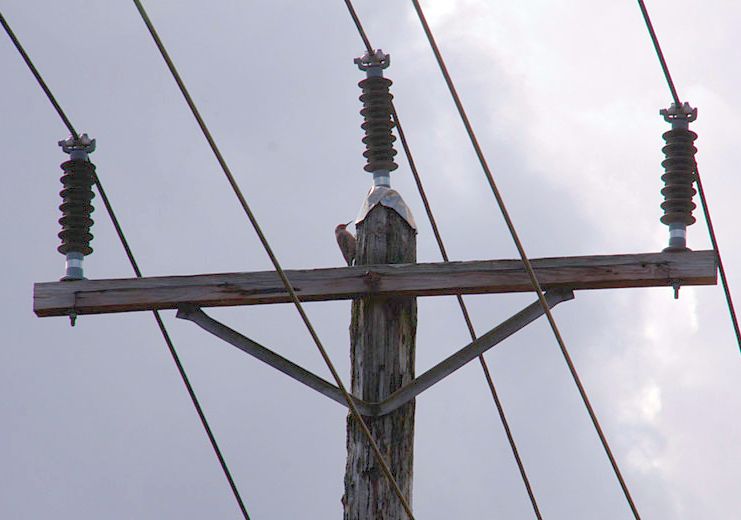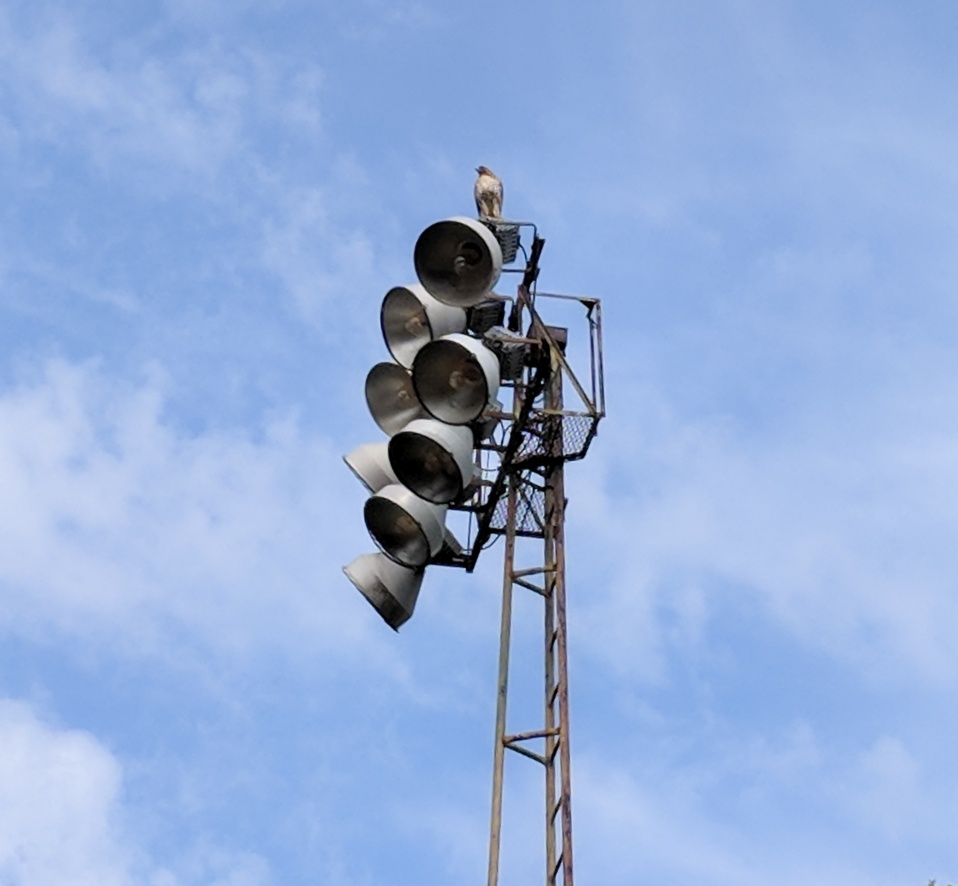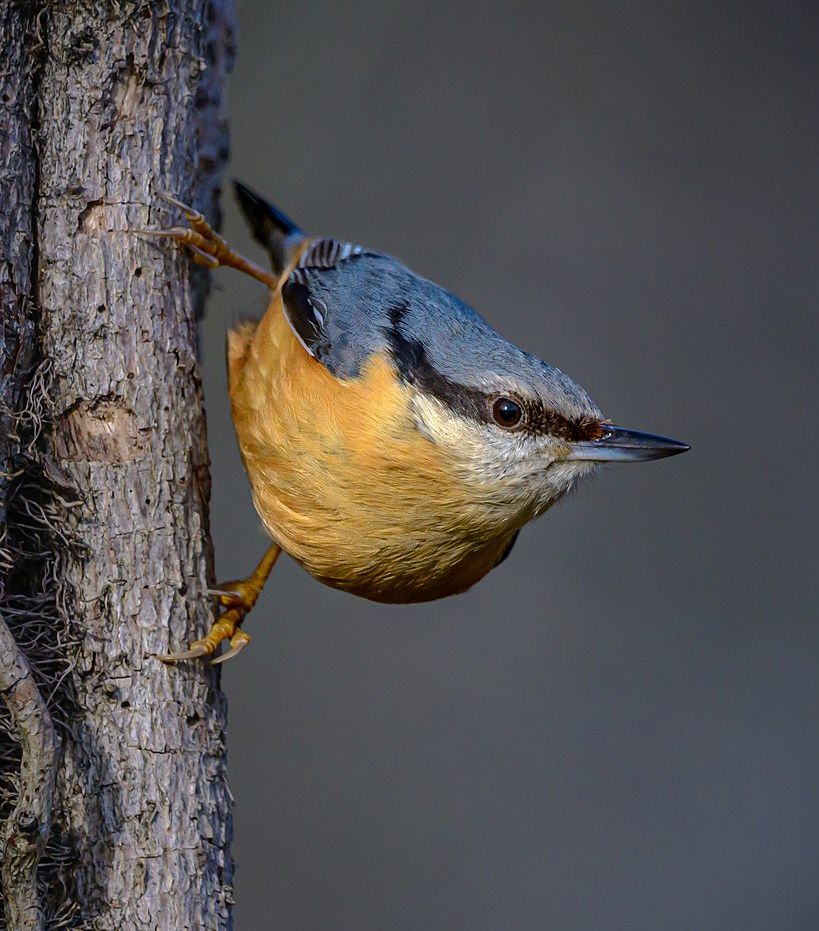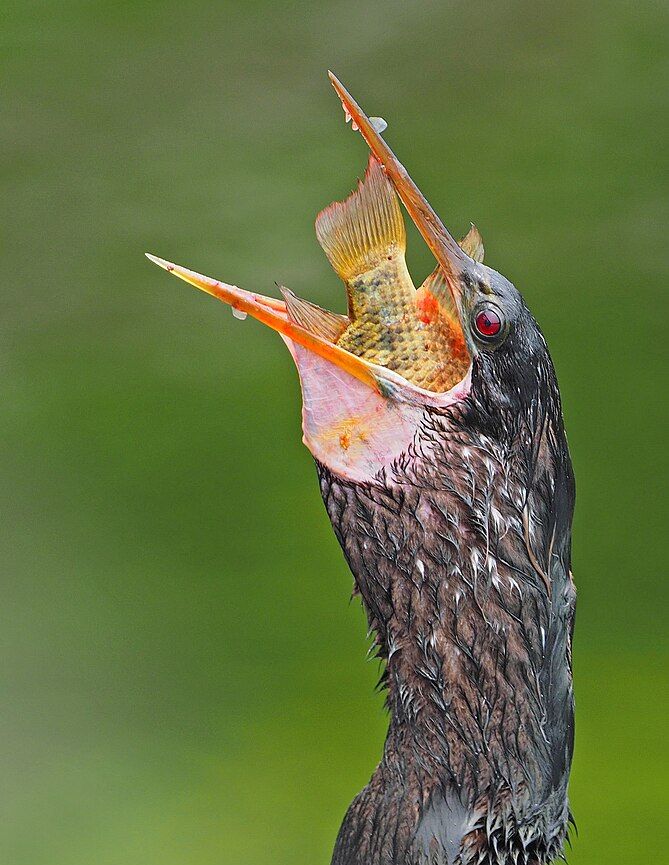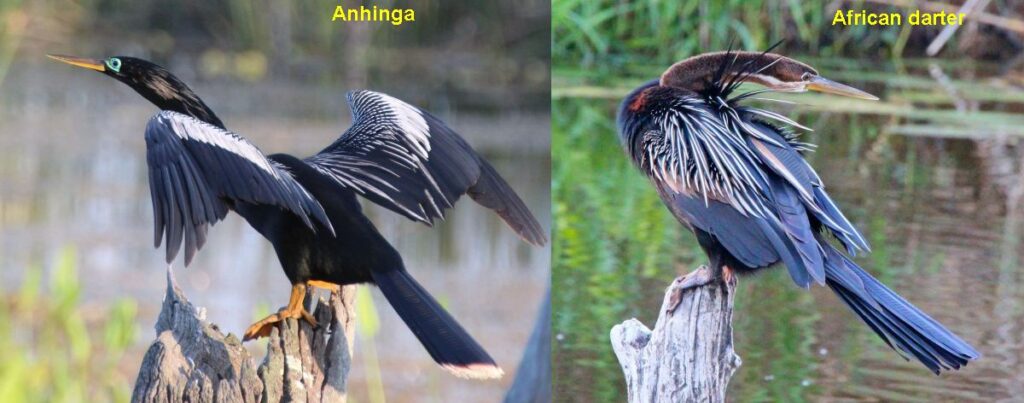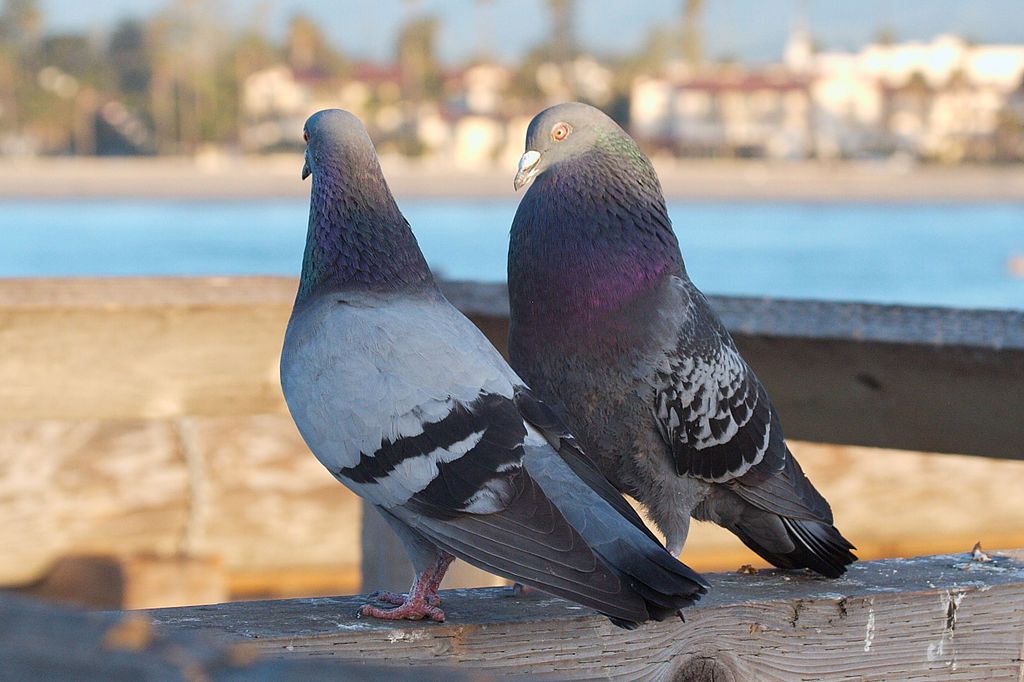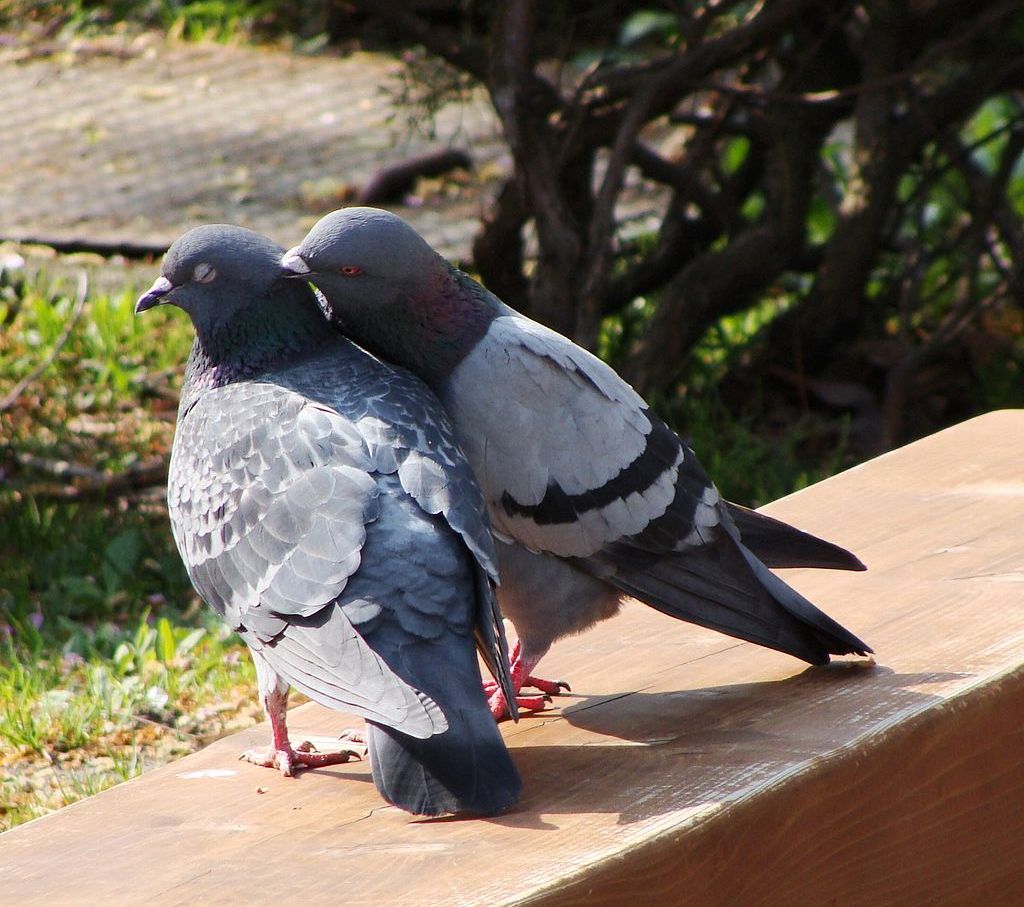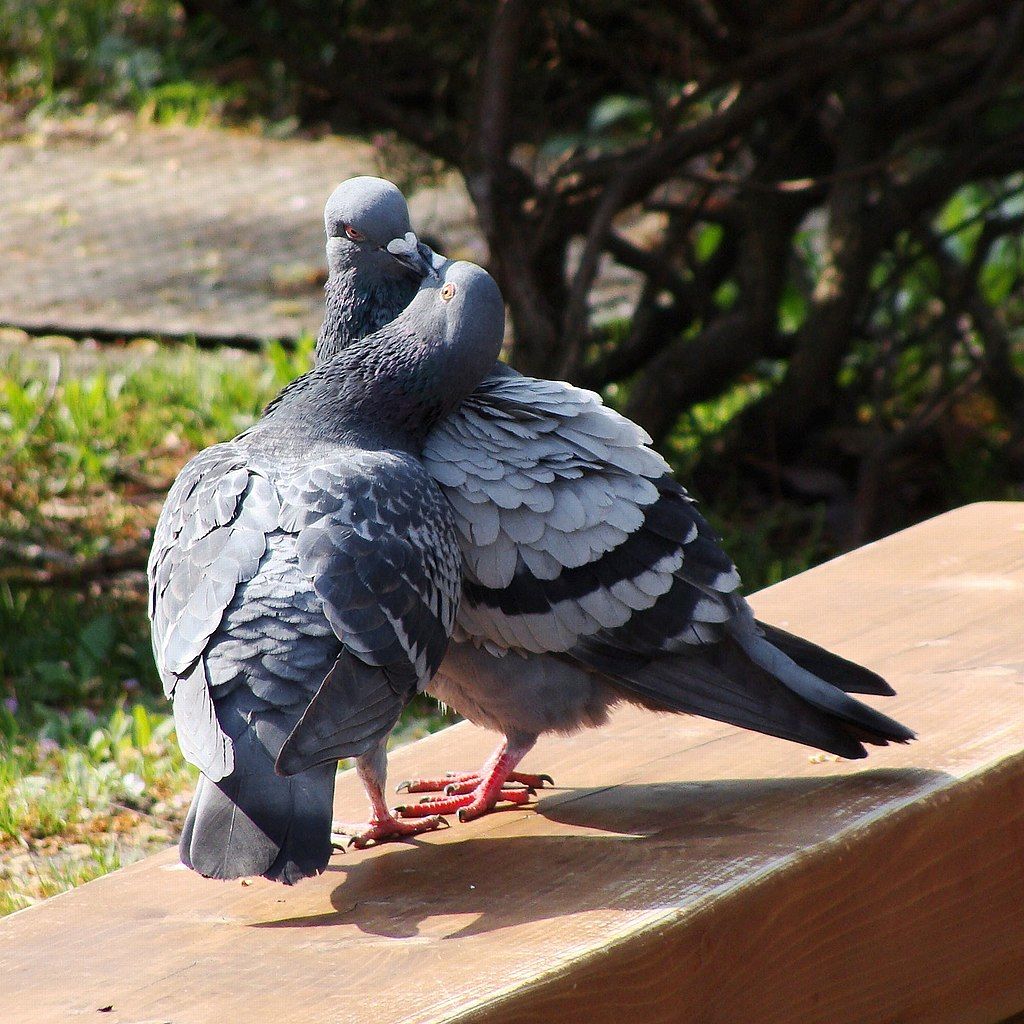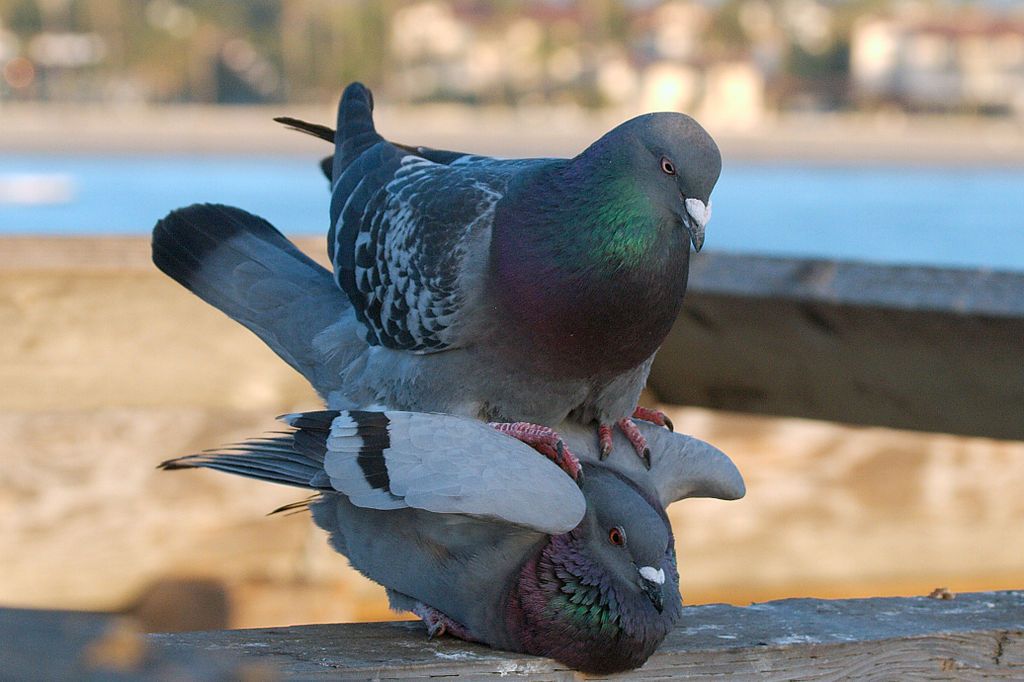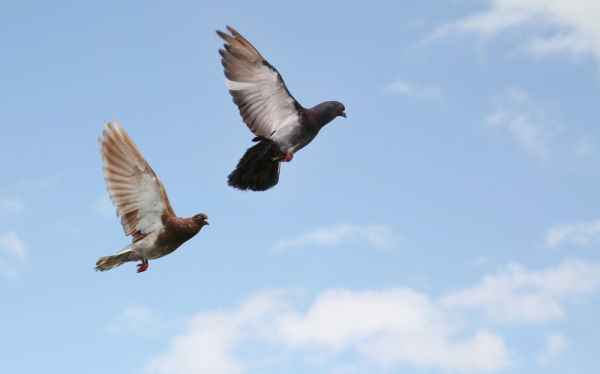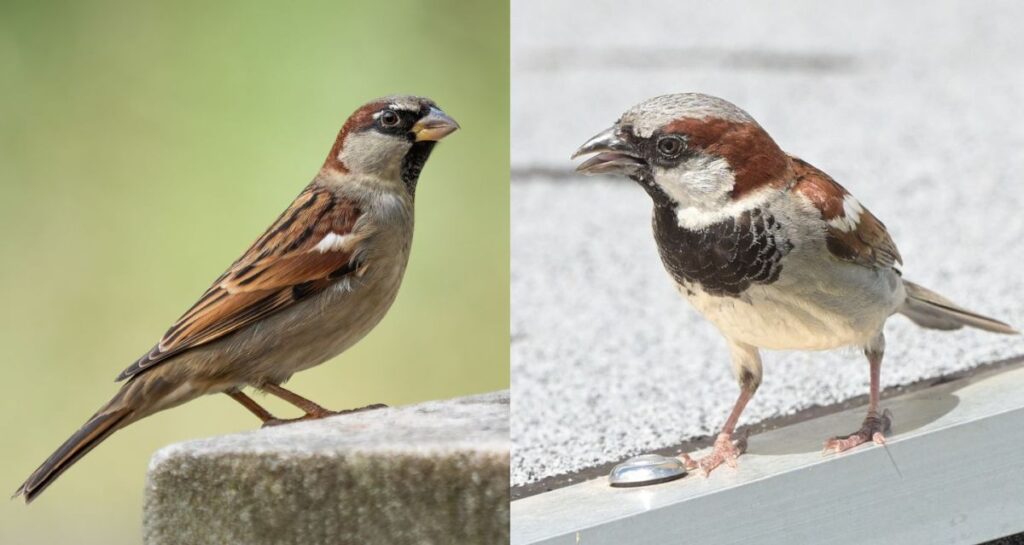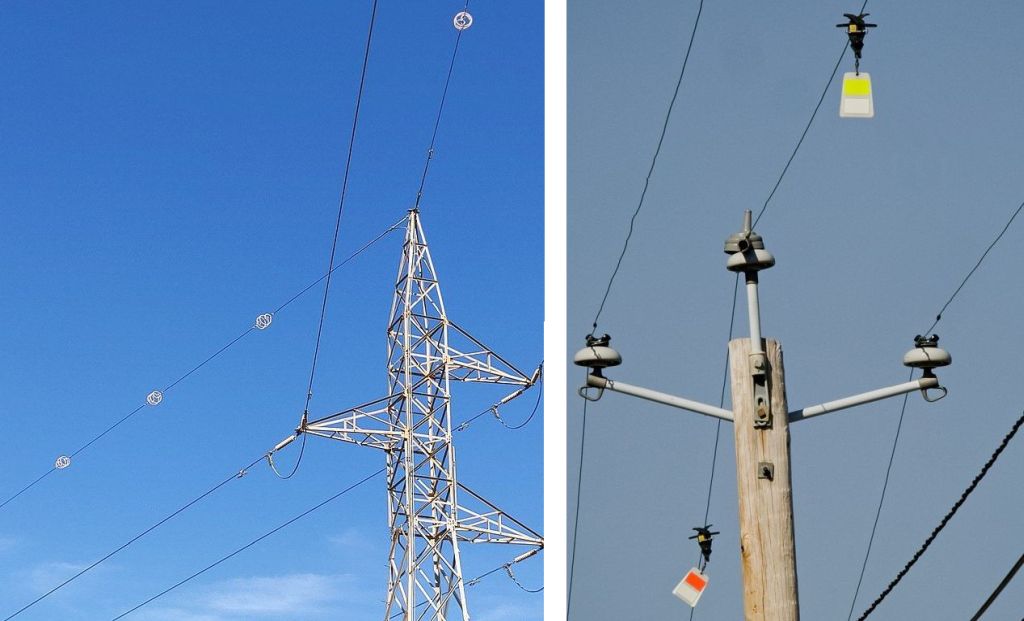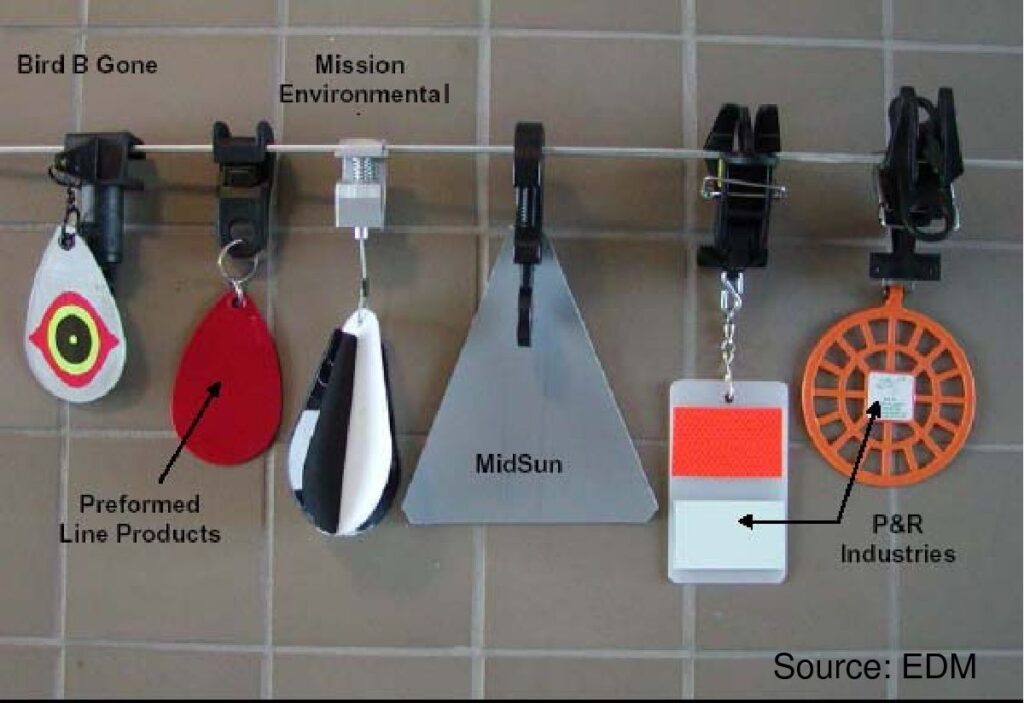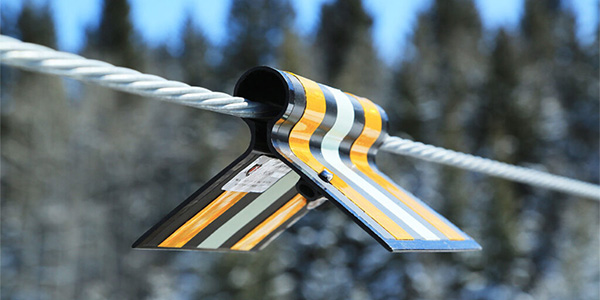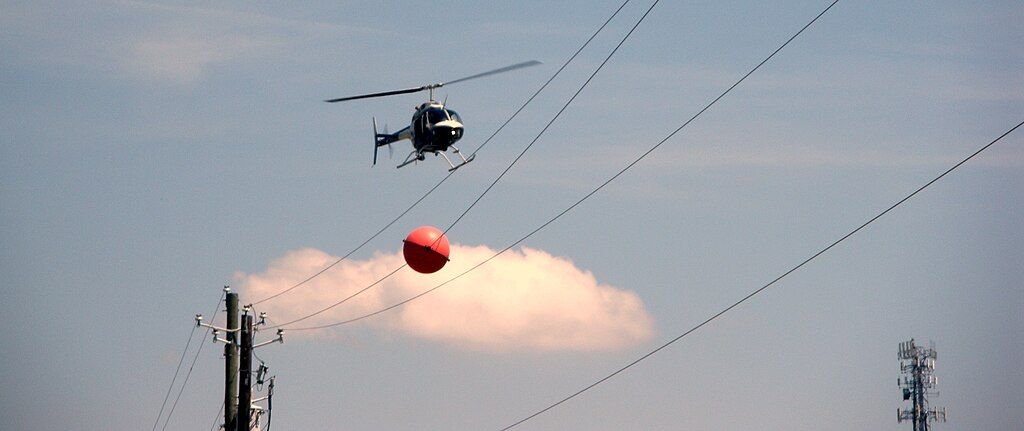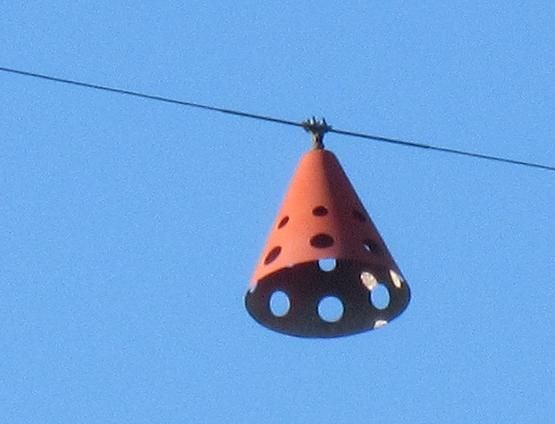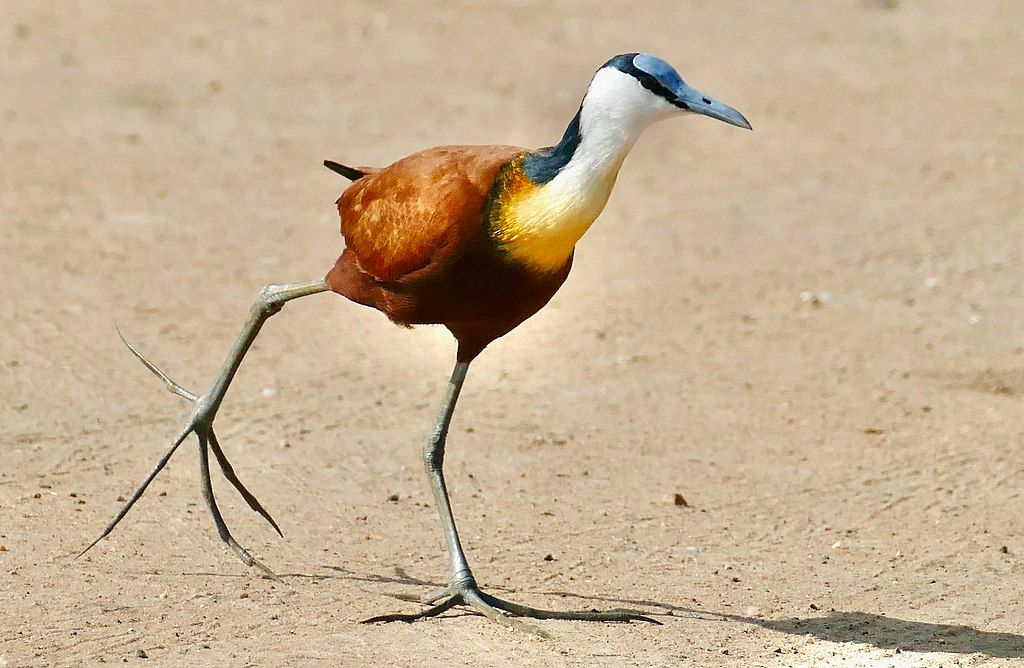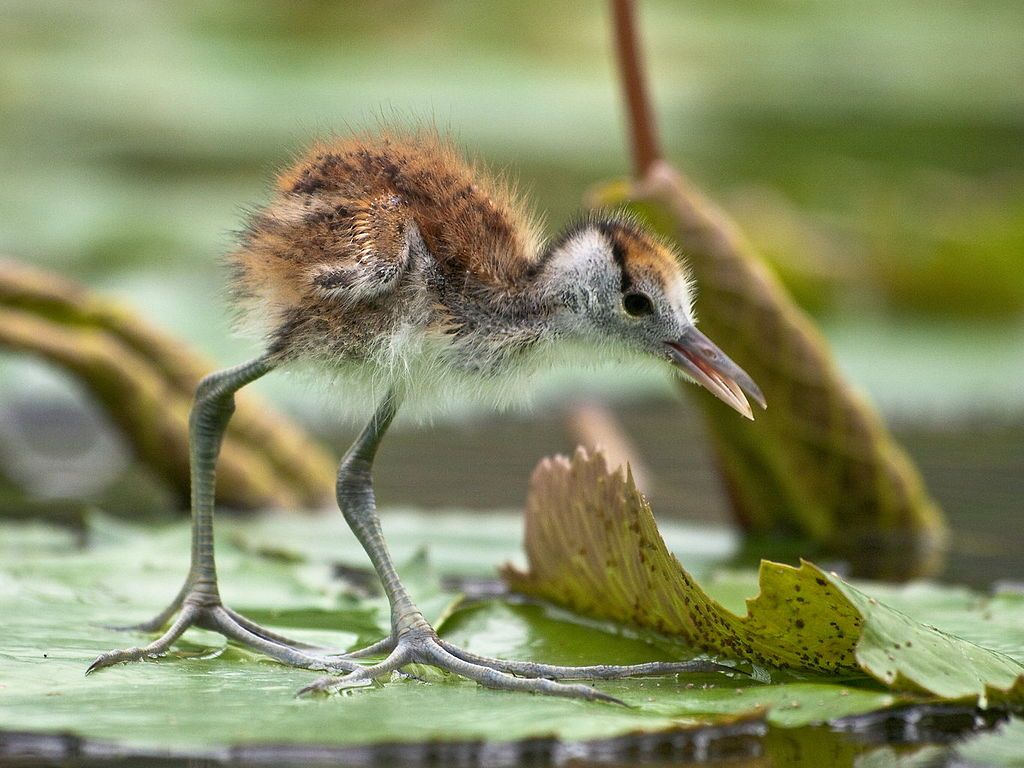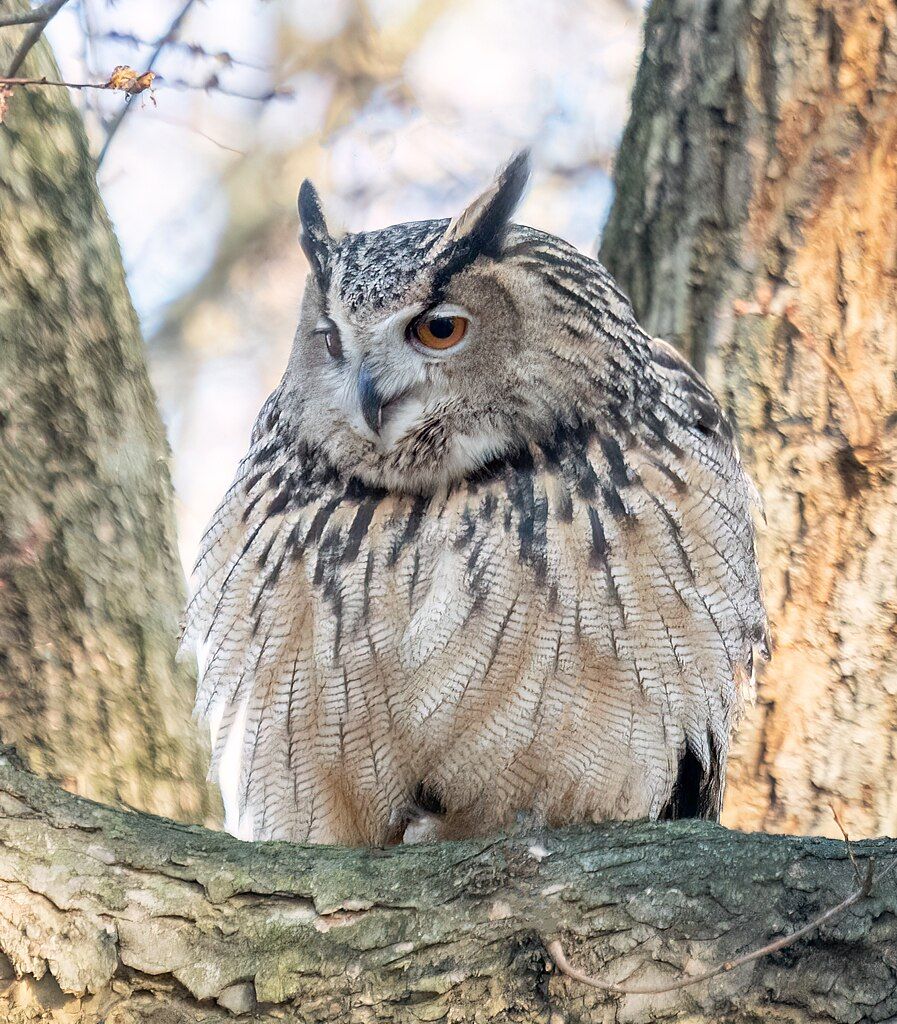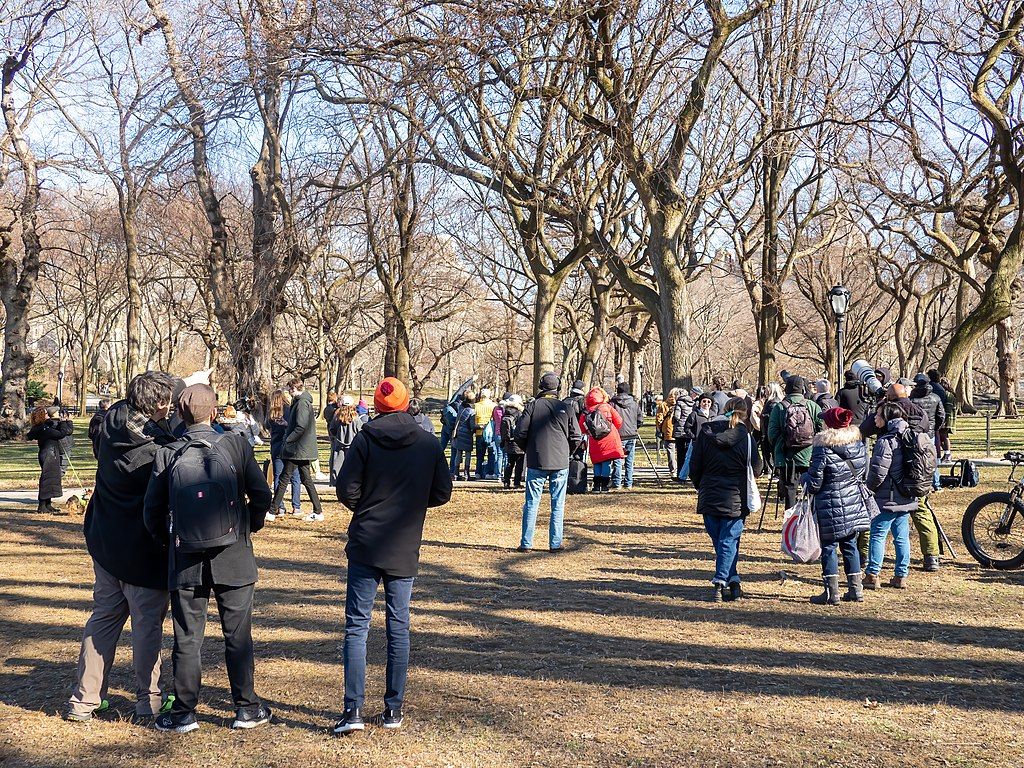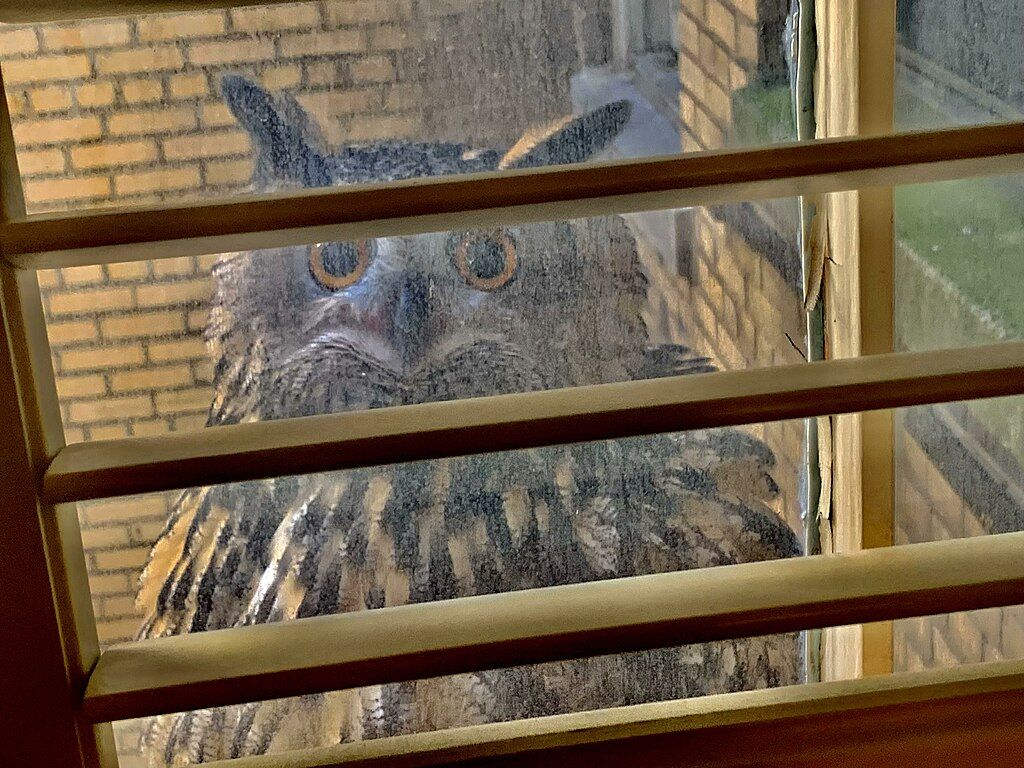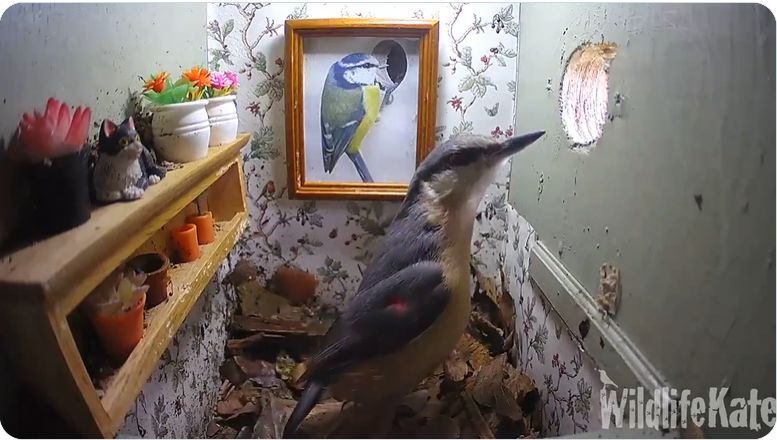
26 April 2024
Happy Friday! These unruly nuthatch tenants are now so famous that they were featured on BBC1 6 o’clock News on Wednesday. For added fun there was footage of the tawny owl babies (Strix aluco) who will soon take a look outside their nestbox.
Our fabulous nutty nuthatches and the tawny owls will be appearing on BBC 1, 6 o’clock news tonight, just before the weather! Watch out for them … and me ???????? #GwylltHollow pic.twitter.com/MMtI2rhO33
— WildlifeKate (@katemacrae) April 24, 2024
Here’s @WildlifeKate to tell their story.
Watch the nuthatches on their own live stream at Gwyllt Hollow– Sitting Room Nuthatches. Follow WildlifeKate @katemacrae on X for updates.
p.s. to North Americans: Tawny owls don’t occur in North America but they are in the same genus as barred owls (Strix varia) whom they somewhat resemble.
